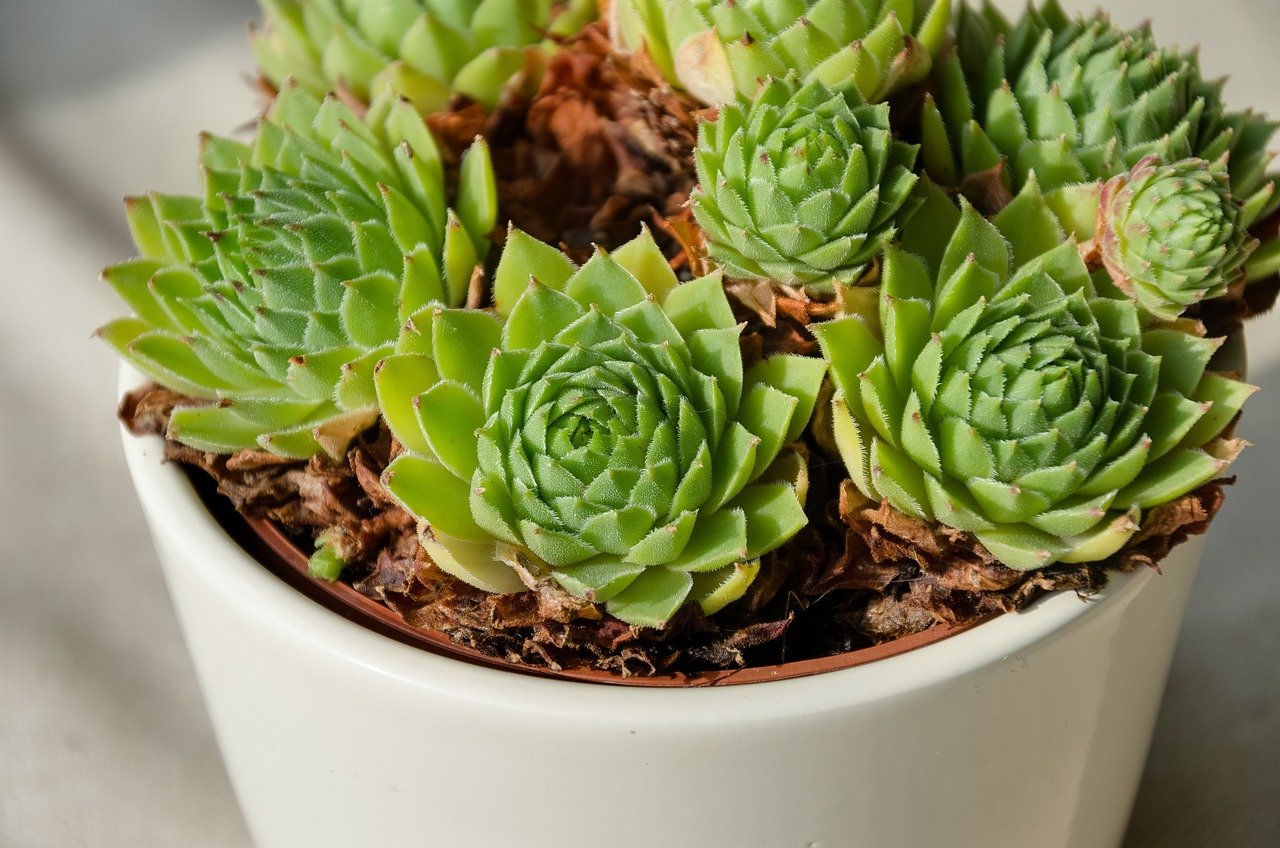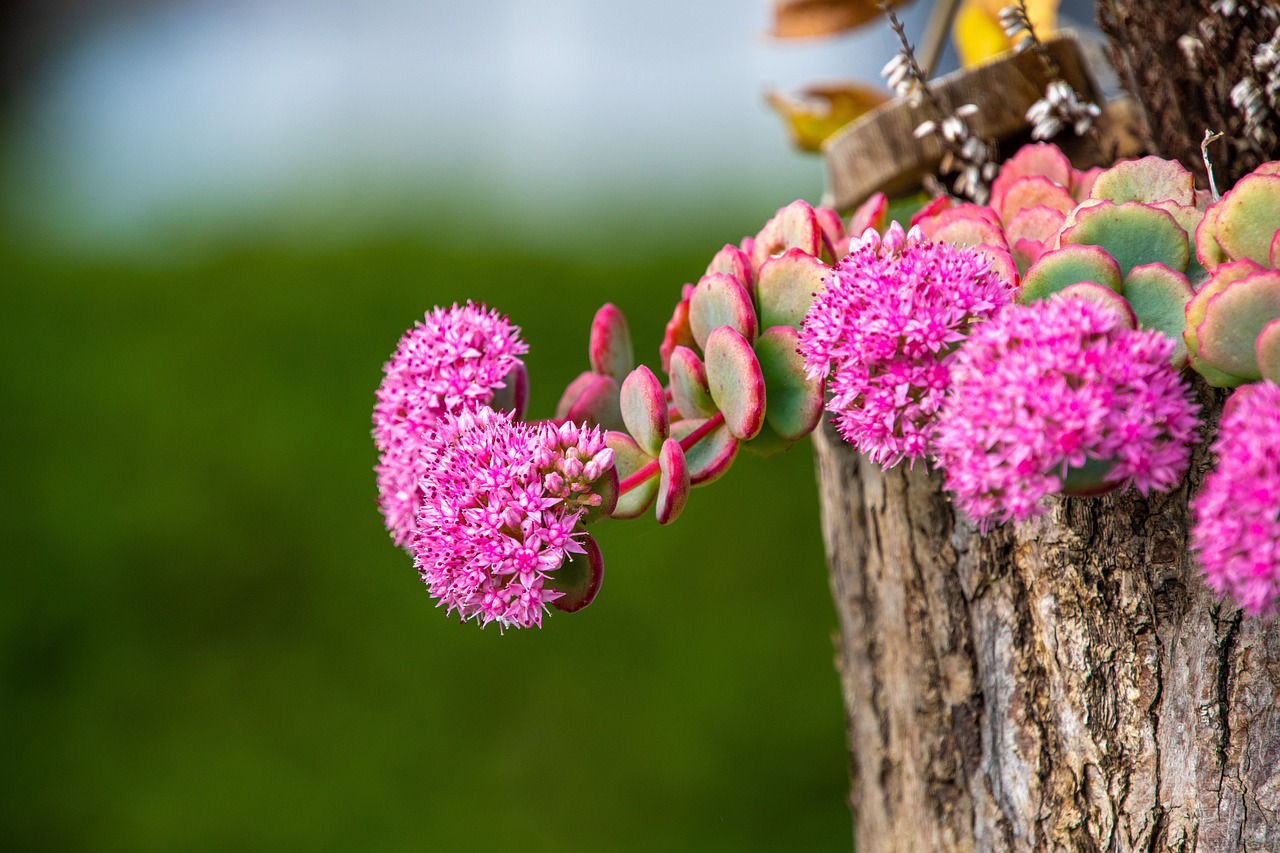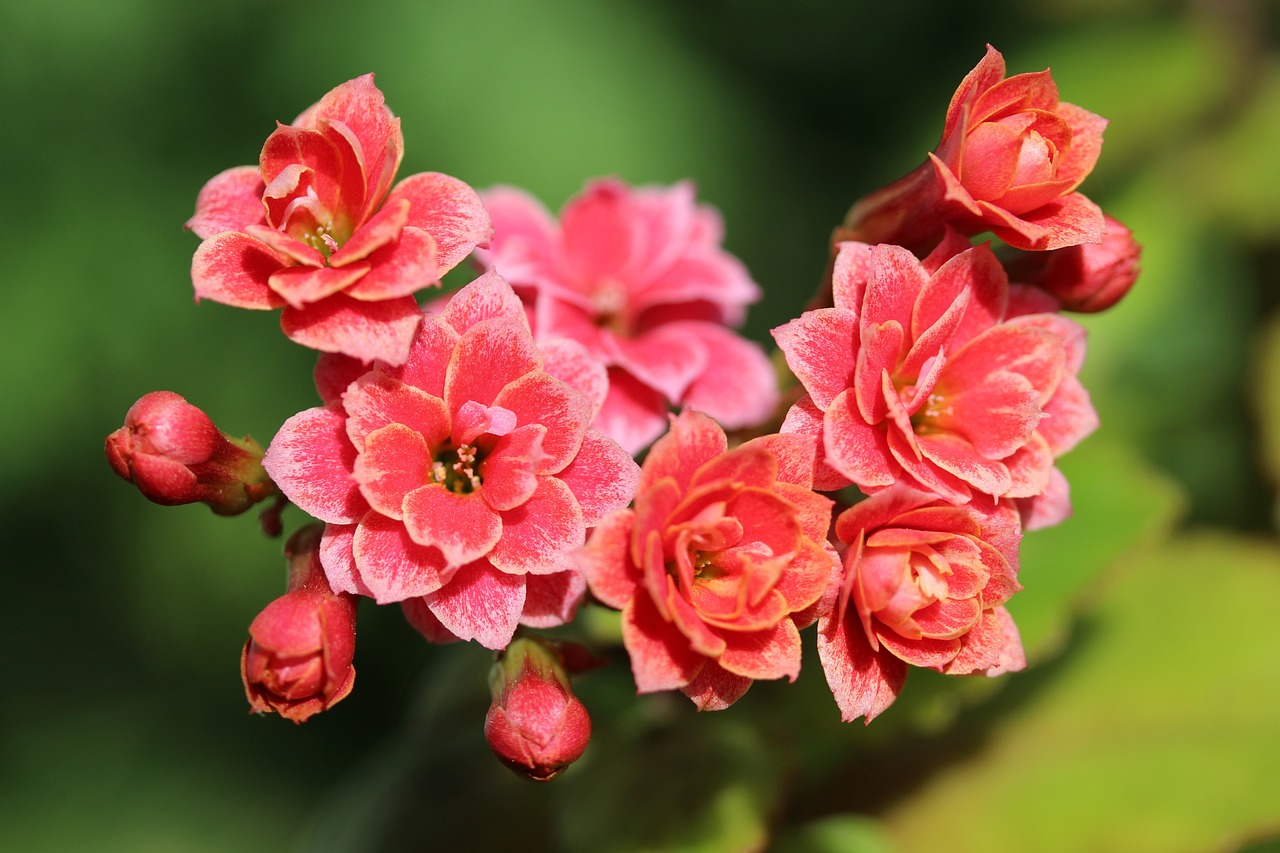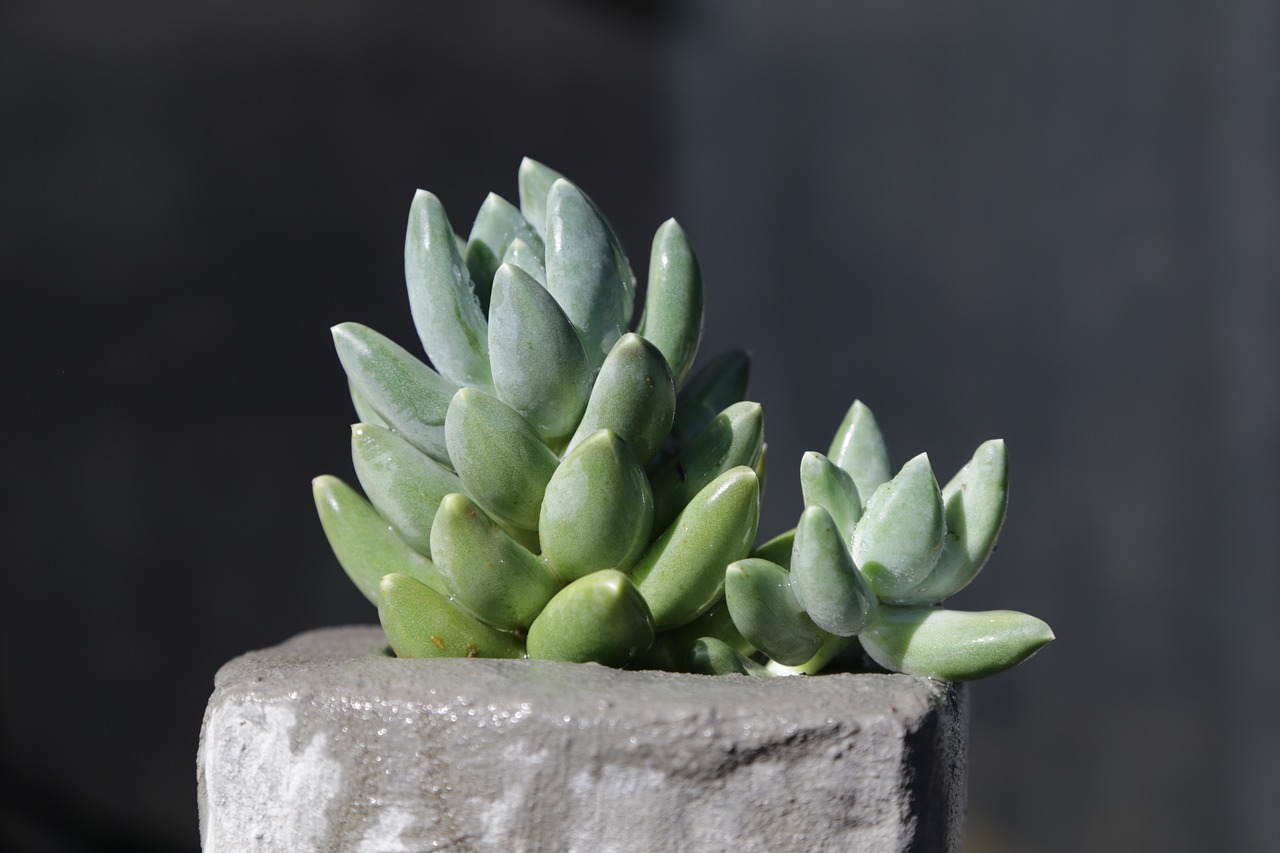Crassula | Features and Care
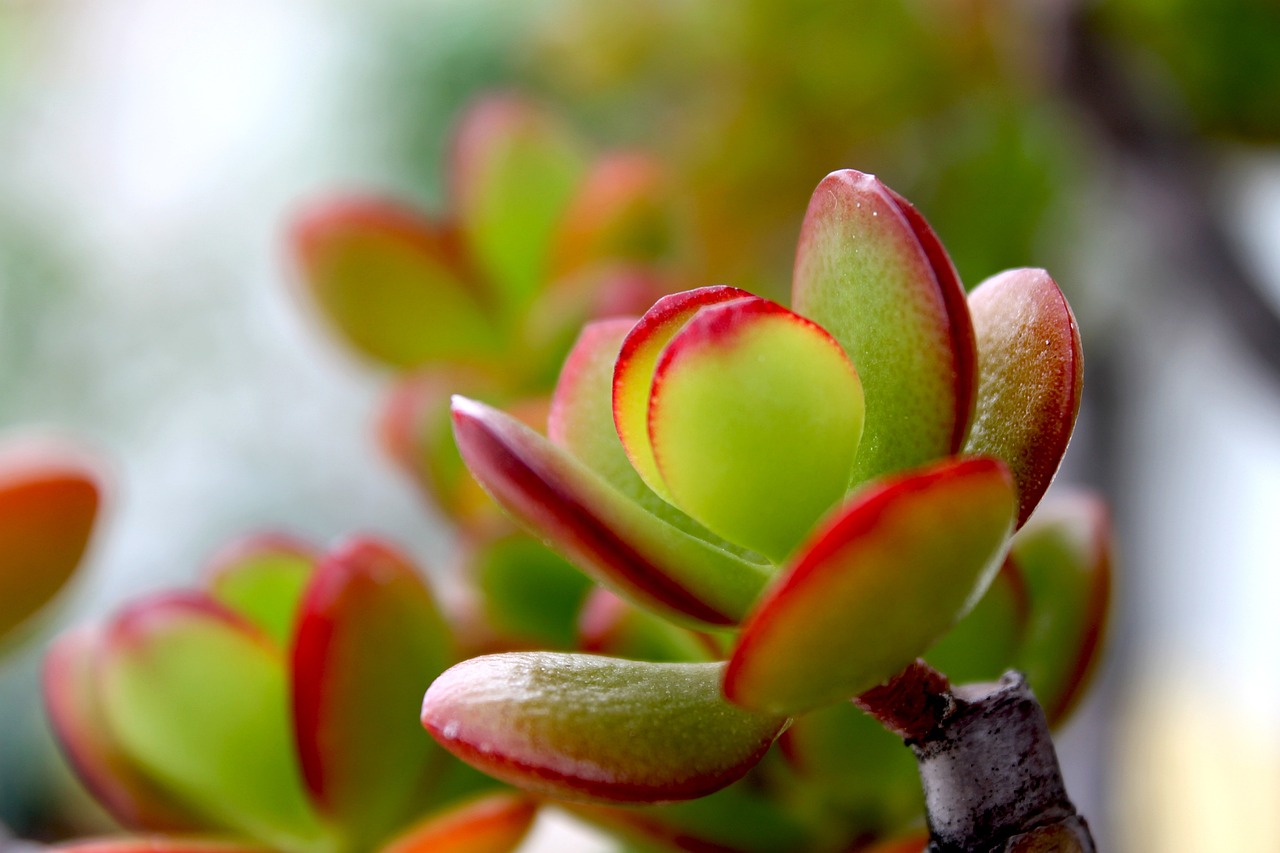
Crassula is a succulent plant known for its thick leaves and unique shapes, making it a popular choice for houseplants and small garden accents. With a wide variety of species, ranging from small to large, Crassula offers a diverse array of forms and colors to enjoy.
This article provides detailed information about Crassula, its cultural and historical significance, and tips for its care.
Basic Information
- Scientific Name: Crassula spp.
- Family: Crassulaceae
- Origin: South Africa, Mozambique
- Appearance: Crassula species exhibit a wide range of shapes and forms. For example, Crassula obtusa has translucent leaves, Crassula perforata features red-tinted edges, and varieties like Crassula hobbit boast unusual, quirky shapes.
- Blooming Period: Depending on the species, most Crassula plants produce small, star-shaped flowers in white or pink during spring to summer. However, their primary appeal lies in their unique foliage.
Cultural Significance Worldwide
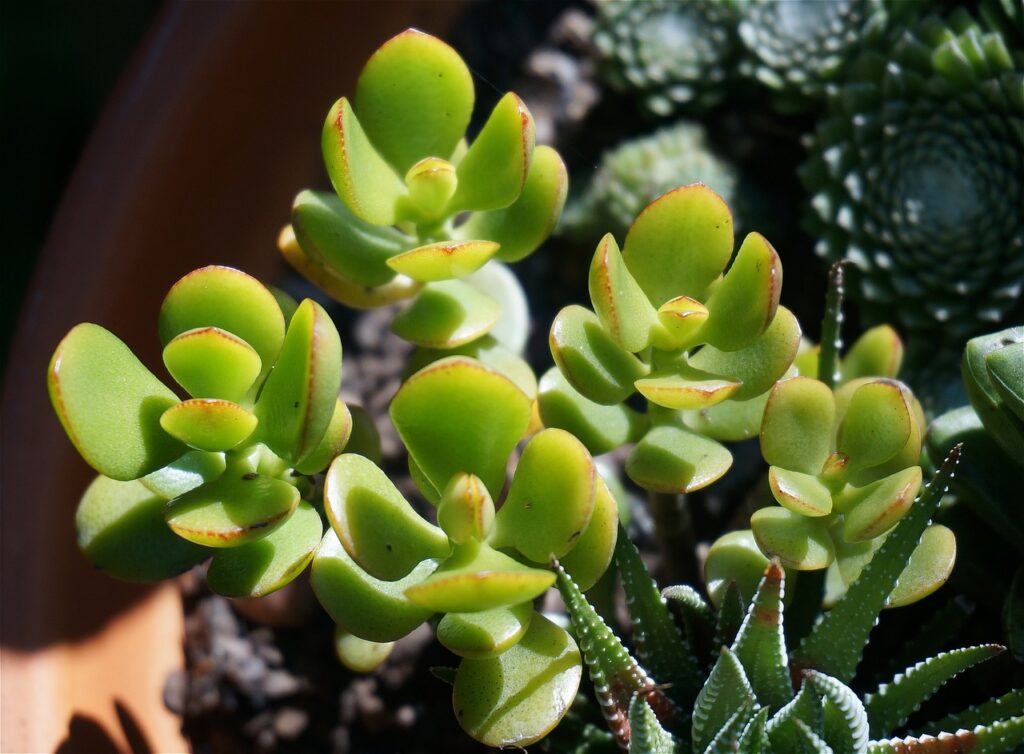
Crassula’s distinctive forms have made it highly popular among succulent enthusiasts. In South Africa, it is celebrated as a symbol of the arid landscape and frequently displayed in botanical gardens and xeriscaped gardens.
In China, Crassula ovata, commonly known as the “Money Tree,” is regarded as a symbol of prosperity and good fortune, often found in homes and offices as a feng shui element. Meanwhile, in Europe and the United States, Crassula is embraced as a part of minimalist or sustainable interior designs, further enhancing its global appeal.
Historical Episodes
The Crassula genus gained attention in the 18th and 19th centuries when European botanists began extensively studying plants from South Africa. Explorers and plant collectors, fascinated by Crassula’s drought-resistant qualities and stunning foliage, brought it back to European gardens, where it was nicknamed “the jewel of the desert.”
Crassula ovata became particularly famous in the early 20th century, introduced to various parts of the world by Chinese traders. As a feng shui element symbolizing wealth, it quickly gained popularity globally, becoming an iconic decorative plant.
Gardening Advice
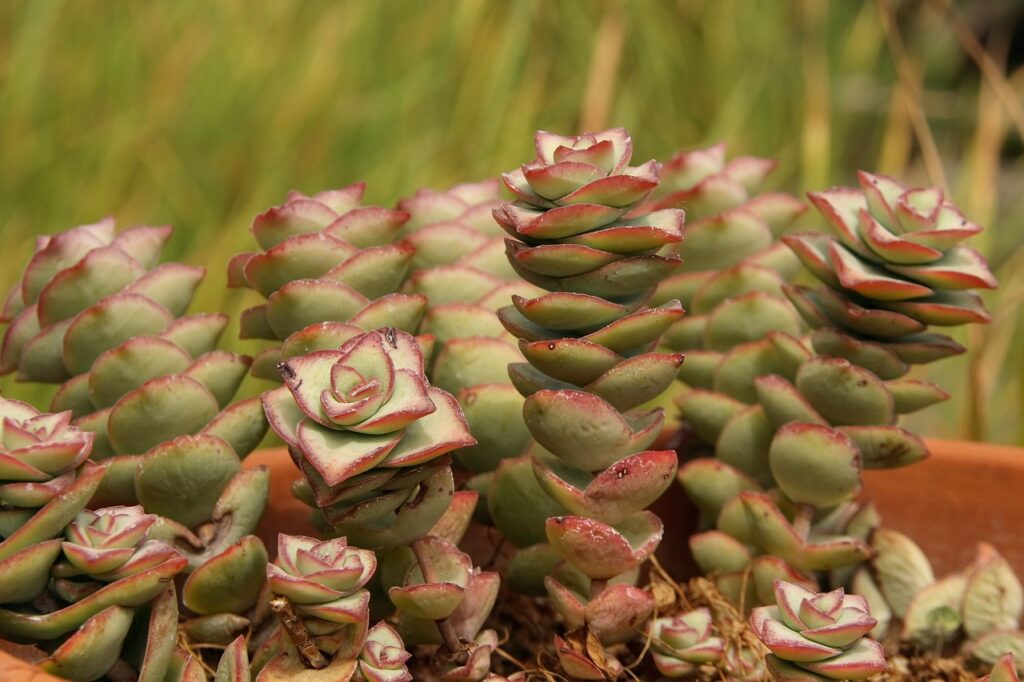
Crassula is a low-maintenance plant, but proper care enhances its beauty and longevity. Here are some essential care tips:
Light
Prefers bright, indirect sunlight. When grown indoors, place it near a window with ample natural light. Prolonged exposure to intense direct sunlight can cause leaf burn, so consider moving it to partial shade during summer.
Watering
As a drought-tolerant plant, water thoroughly only when the soil has completely dried out. Follow a “dry-and-wet cycle” for optimal health.In winter, reduce watering to once or twice a month, as the plant enters its dormant phase.
Soil
Use well-draining soil, such as commercial succulent soil. For homemade mixes, combine small-grain akadama soil and river sand.
Fertilizer
During the growing season (spring to autumn), feed monthly with diluted liquid fertilizer. Avoid over-fertilizing, as it can disrupt the plant’s natural shape.
Pruning
Remove dead leaves and overly long branches to maintain the plant’s shape and enhance its appearance.
Conclusion
Crassula is a versatile and captivating succulent, ideal for adding charm to interiors or gardens. Its drought-resistant nature and low-maintenance requirements make it a great choice for beginners.
Consider adding Crassula to your life and enjoy its remarkable beauty!

